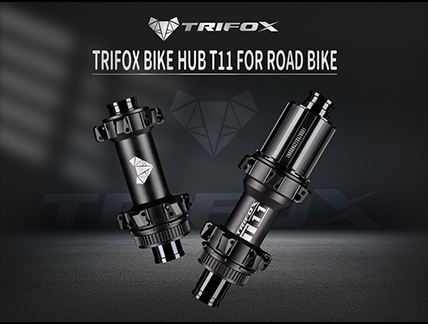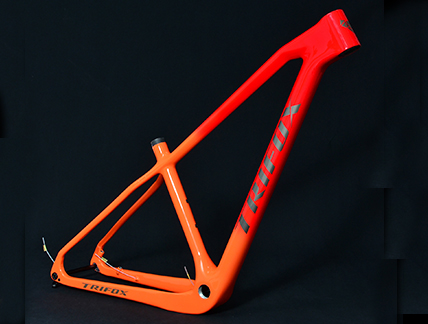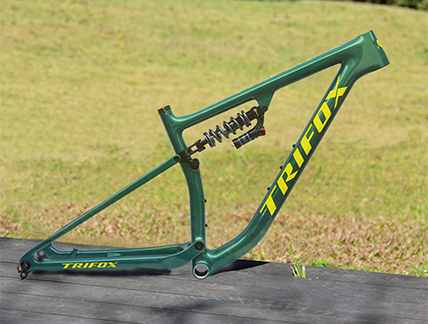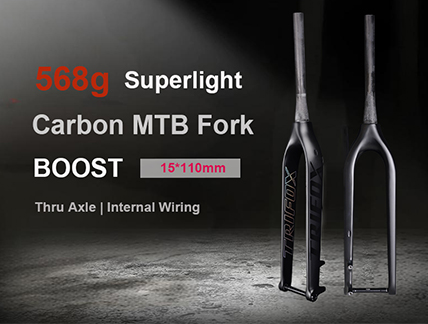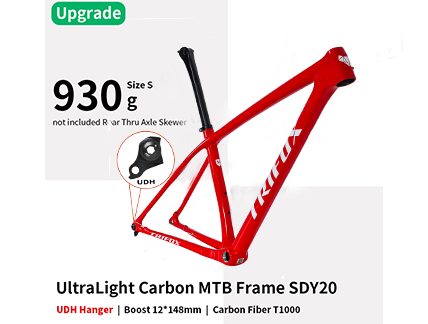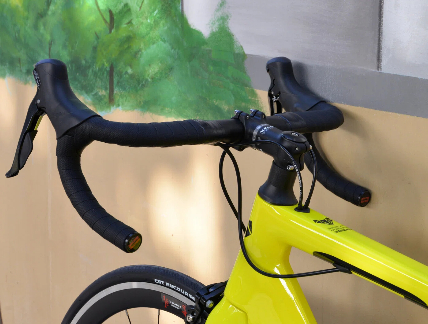Biking is one of the most common outdoor activities that people do for leisure or health purposes. Some even take it to the next level by joining biking competitions, exploring terrains, and challenging their physical limits. Regardless of the reason, it is vital to make sure that the bike is in its best condition for a smooth and safe ride. One of the things that matter in ensuring the smooth ride of a bike is the flange spacing.
Firstly, what is a flange spacing? Flange spacing usually refers to the distance between the two flanges, which are the round metal pieces located on each side of the bike's wheels. The hub, which is responsible for the attachment of the spokes to the wheel, bolsters these flanges. Generally, the hub of a bike is the midpoint of the flanges, and the spokes add more structure to the overall system. The flange spacing of a bike is crucial as it maximizes the tension of the spokes, which prevents loose wheels.
Secondly, the flange spacing affects the bike's overall stability and durability. When the flange spacing is not appropriately set, it causes the spokes to loosen up, which makes the wheel wobble. This issue can compromise the balance of the bike and its ability to keep straight on roads, especially on bumpy and rough terrains. Additionally, a loose spoke can cause damage to the wheel rim, resulting in deformation and eventually failure over time. This can be quite dangerous, especially when the rider is going at high speeds. Therefore, the correct spacing of the flanges can contribute to the bike's overall durability and the safety of the rider.
Thirdly, bike manufacturers usually have different flange-spacing standards for different bike types. For instance, mountain bikes have wider flange spacing than road bikes. This is due to the fact that mountain bikes are built to withstand rough terrain and heavy impact, while road bikes are designed for smooth pavement and speed. Therefore, when purchasing a bike, it is essential to check the flange spacing and consider your use and preference to avoid any inconvenience or safety hazards.
Fourthly, the number of teeth on the bike's wheel also affects the flange spacing and the overall performance of the bike. The teeth determine the amount of distance covered by each pedal stroke, which is referred to as the gear ratio. A higher gear ratio means there is more distance covered per pedal stroke, resulting in more power and speed. On the other hand, a lower gear ratio means less distance and slower speed but better control. Therefore, when choosing the number of teeth for your bike, you should consider your terrain, fitness level, and experience.
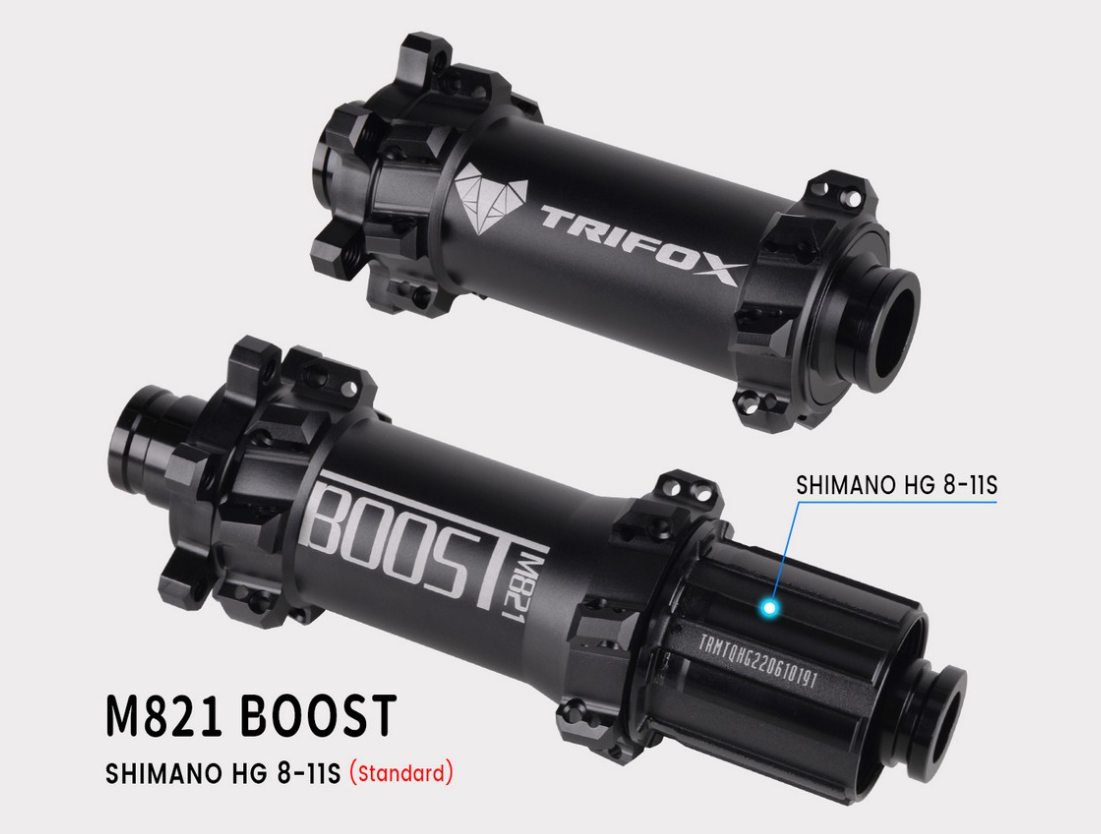
In conclusion, the flange spacing is an essential aspect of the bike that contributes to its overall stability, safety, and durability. It is specifically designed according to the bike type, and incorrectly set flanges can compromise the whole system. As a rider, it is crucial to check the flange spacing before purchasing a bike, as it can affect your overall biking experience and safety.
The right flange spacing, together with the appropriate gear ratio, makes for a smooth and enjoyable ride. Therefore, when taking on a bike challenge, keep in mind the importance of flange spacing and ensure that you have the correct system.































































